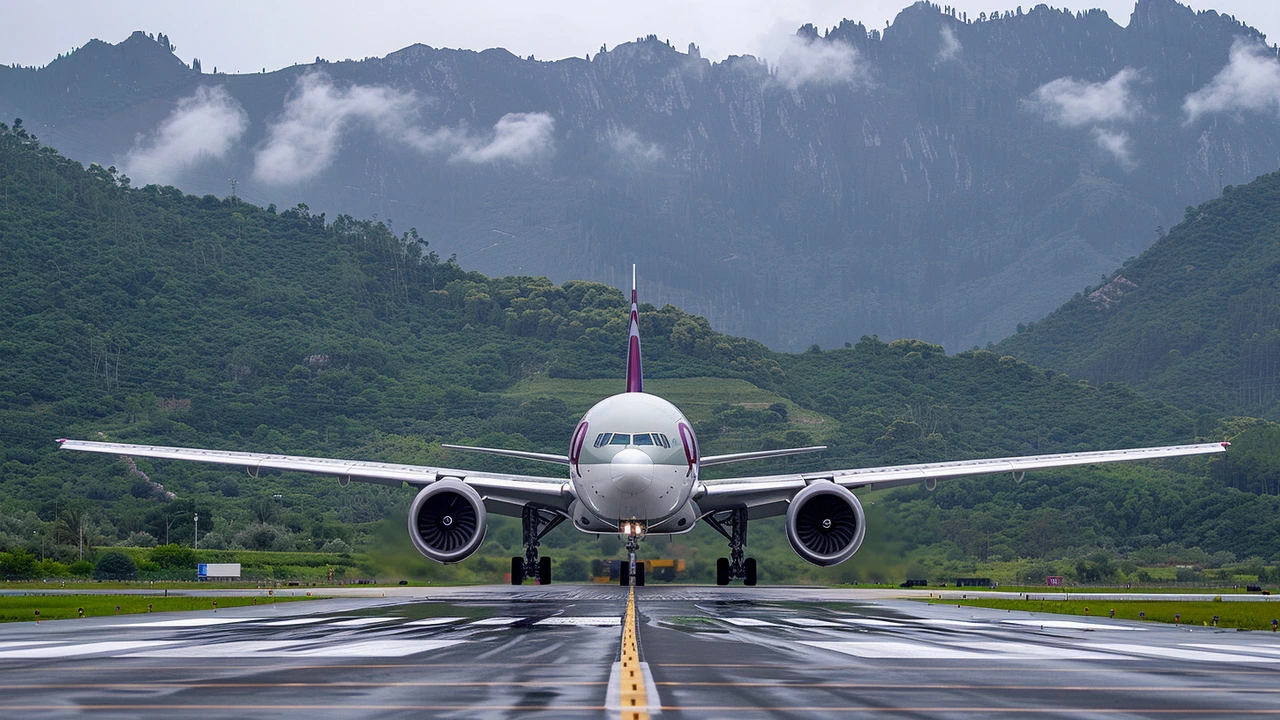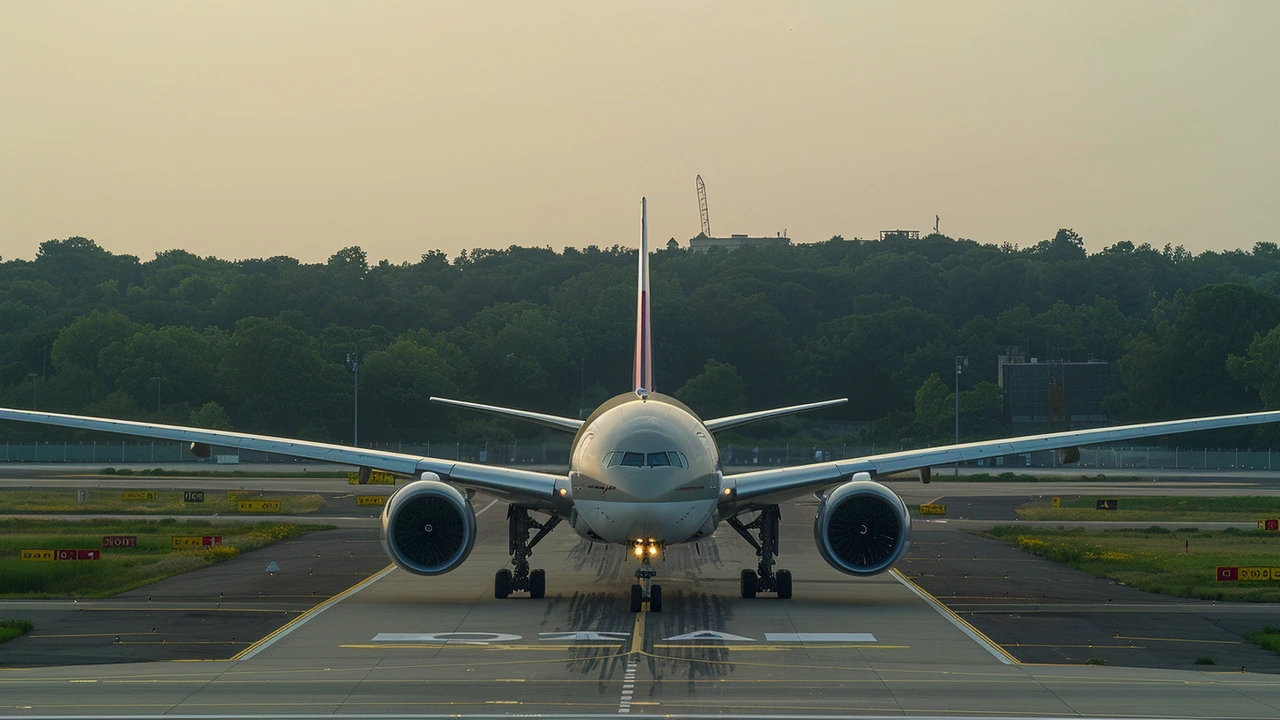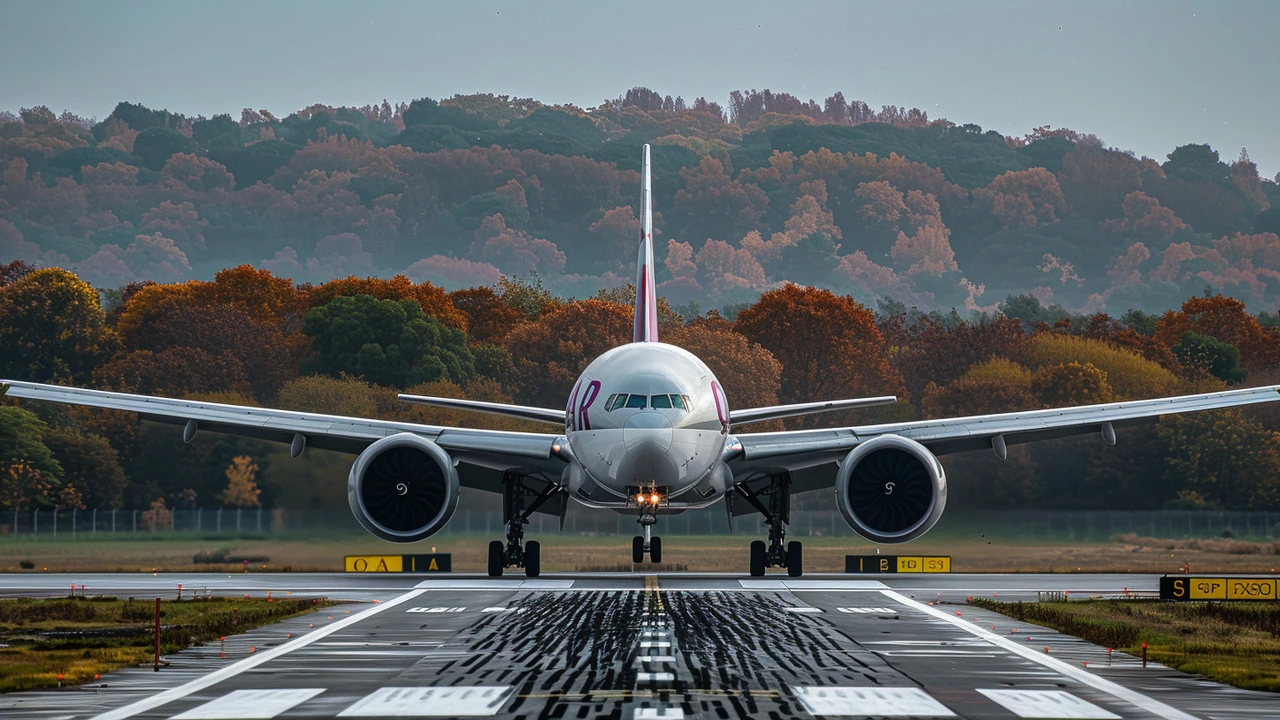Severe Turbulence Strikes Qatar Airways Flight
On a seemingly routine Sunday flight from Doha to Dublin, a Qatar Airways Boeing 787 Dreamliner encountered severe turbulence, transforming what was expected to be a calm journey into a harrowing experience. As the aircraft soared through the skies over Turkey, it was met with violent air currents that resulted in considerable shaking, marking one of the most unnerving moments for its passengers and crew members.
The turbulence struck with such intensity that it left a dozen individuals nursing injuries. Six crew members and six passengers found themselves at the mercy of the unpredictable skies, their injuries ranging from minor bruises to more severe afflictions. The extent of the turbulence was such that, upon landing at Dublin Airport, local emergency services were on standby to provide immediate assistance. Among the twelve injured, eight were transported to nearby hospitals for further medical care, highlighting the gravity of the situation.
Emergency Response and Safety Measures
As the aircraft touched down on Dublin's runway, the sight of paramedics and emergency personnel became a source of solace for those who had endured the turbulence. The commitment and preparedness of Dublin Airport Authority's emergency services were on full display as they swiftly boarded the plane. Passengers and crew were carefully assessed, and the injured were prioritized for medical attention. The response was a testament to the efficiency and readiness of airport emergency protocols.
In the aftermath, Qatar Airways confirmed the incident and assured the public that a thorough internal investigation would be conducted. The airline emphasized its commitment to passenger safety and pledged to scrutinize the circumstances leading up to the event. Flight safety investigations typically delve into various factors, including weather reports, cockpit voice recorders, and flight data recorders, to piece together a comprehensive understanding of the incident.
Implications of Extreme Weather Conditions
The occurrence of such severe turbulence raises a broader concern about the impact of extreme weather conditions on aviation safety. Experts in climate science have long warned about the repercussions of climate change, one of which is the increase in atmospheric instability. These instabilities can generate more frequent and intense turbulence, posing significant challenges for airlines and passengers alike.
This latest incident comes on the heels of a similar event involving a Singapore Airlines flight from London last Tuesday. That flight experienced severe turbulence, resulting in numerous injuries and, tragically, the death of one passenger due to a heart attack. The close succession of these incidents has intensified the discussion among aviation safety experts and meteorologists about the evolving risks posed by our changing climate.

Understanding Turbulence and Its Causes
Turbulence is a common phenomenon in aviation, yet its unpredictability continues to be a major concern. It is caused by various atmospheric conditions, including jet streams, thunderstorms, mountain waves, and weather fronts. As air moves across these features, it can create eddies and whirlpools, leading to the bumpiness experienced by those onboard.
While pilots are trained to handle turbulence and aircraft are designed to withstand it, the sudden and severe nature of extreme turbulence can cause significant discomfort and potential injuries. The use of seatbelts is crucial, as they are the primary means of protection against the sudden jolts that turbulence can cause. However, moving about the cabin during such events increases the risk of injury, which is why cabin crew often reinforce seatbelt advisories during turbulent periods.
Aviation Safety in a Changing Climate
As climate change continues to influence weather patterns, the aviation industry faces a growing need to adapt and enhance safety measures. Airlines and regulatory bodies are increasingly looking at ways to mitigate the impact of extreme weather on flight operations. This includes improving weather forecasting technologies, revising flight routes to avoid known turbulence hotspots, and investing in aircraft that can better withstand turbulent conditions.
The focus on aviation safety is more critical than ever, as the frequency and severity of weather-related incidents appear to be on the rise. Collaborative efforts between scientists, engineers, and aviation authorities are essential to develop strategies that ensure the safety and reliability of air travel in the face of these evolving challenges.
Educating Passengers and Crew
One of the key elements in enhancing aviation safety is education. Passengers need to be more aware of the importance of following safety instructions, especially during turbulent conditions. Understanding why seatbelts should be worn at all times when seated, and recognizing the significance of heeding crew advisories, can greatly reduce the risk of injuries.
For the crew, continuous training and simulation exercises that cover a wide range of turbulence scenarios are vital. These training sessions help prepare them to manage passenger safety and remain calm and efficient during unforeseen turbulence events. Creating a protocol for clear and timely communication with passengers can also alleviate panic and ensure that everyone is informed and prepared.

The Road Ahead
The recent spate of turbulence-related incidents serves as a stark reminder of the unpredictability of air travel. While the aviation industry has made tremendous strides in ensuring safety and comfort, the challenges posed by extreme weather and changing climate need to be met with proactive measures. Enhancing aircraft technology, refining flight routes, and educating passengers and crew are all critical components in navigating the skies ahead.
As Qatar Airways investigates this latest incident, the findings will likely contribute to a broader understanding of how to better prepare for and mitigate the effects of turbulence. The ongoing dialogue between climate experts and aviation authorities will be crucial in adapting to these new realities. Safety remains the paramount concern, and with combined efforts and innovations, it is possible to maintain and elevate the standards of air travel safety in a climate-conscious era.






Write a comment